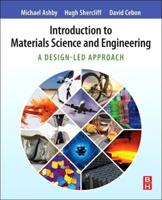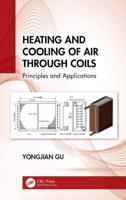Publisher's Synopsis
Industrial hydraulic technology is expanding and is as fascinating as ever. Hydraulic systems provide the muscle power to run the machines with the smoothest control possibilities. Many professionals design, construct, and maintain hydraulic systems every day. Several budding engineers are initiated into the technology of fluid power now and then. Therefore, spreading technological information on fluid power is essential for advancing fluid power technology. The textbook on 'Industrial Hydraulics - Basic Level (in the English Units)' is not just a book, but a crucial tool in this mission to spread and advance fluid power technology. It is written to meet this objective, and your journey with it is a significant step in this mission.
The textbook offers a comprehensive exploration of hydraulic systems, covering all essential components and circuits. It starts by establishing the fundamental principles necessary for a thorough understanding of the topic. The content includes detailed discussions on hydraulic fluids, filters, reservoirs, pumps, pressure relief valves, cylinders, and motors. It also delves into the complexities of control valves, including directional control valves, flow control elements, and pressure control valves. The book thoroughly examines hydraulic accumulators, fluid conductors, and various hydraulic applications, concluding with a comprehensive look at maintenance, troubleshooting, and safety considerations specific to hydraulic systems. Throughout the text, the use of the English system of units is consistently emphasized, ensuring that the knowledge gained is directly applicable to real-world scenarios. The publication is designed to provide a comprehensive understanding of hydraulic system components, encompassing their functions, cross-sectional views, mathematical relations, symbols, advantages, and drawbacks. It extensively covers various terms, definitions, and mathematical relations related to hydraulic components, accompanied by many numerical examples to facilitate thorough analysis. Furthermore, it presents typical circuits utilizing these components sequentially, progressing from simple to complex setups. Circuits in multiple positions and a summarisation of controls in a dedicated chapter offer a comprehensive overview of the different control aspects. At the end of each chapter, objective-type questions and review/numerical questions are provided to assess your comprehension of the subject matter, making the learning process interactive and engaging. The appendices contain a wealth of valuable information. The language used throughout the book is straightforward, and the topics are logically arranged for enhanced comprehension, ensuring a user-friendly and engaging learning experience. The book has been authored by an experienced professional who has trained thousands of professionals and students for over 25 years. His extensive experience and expertise in the field of hydraulic systems make this book a valuable resource for your professional development journey. If you seek a deeper understanding of fluid power, this book is an authoritative guide that you can trust.









